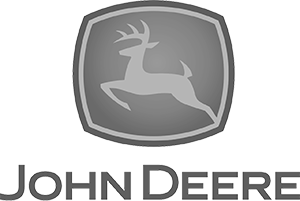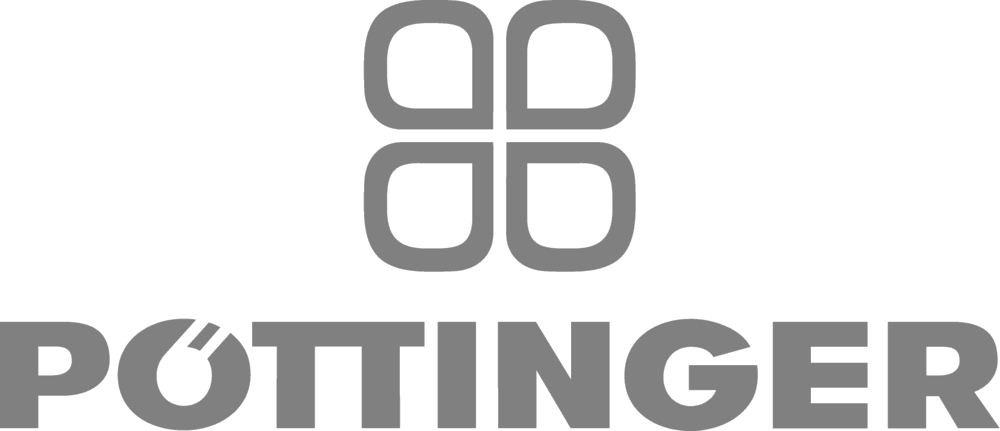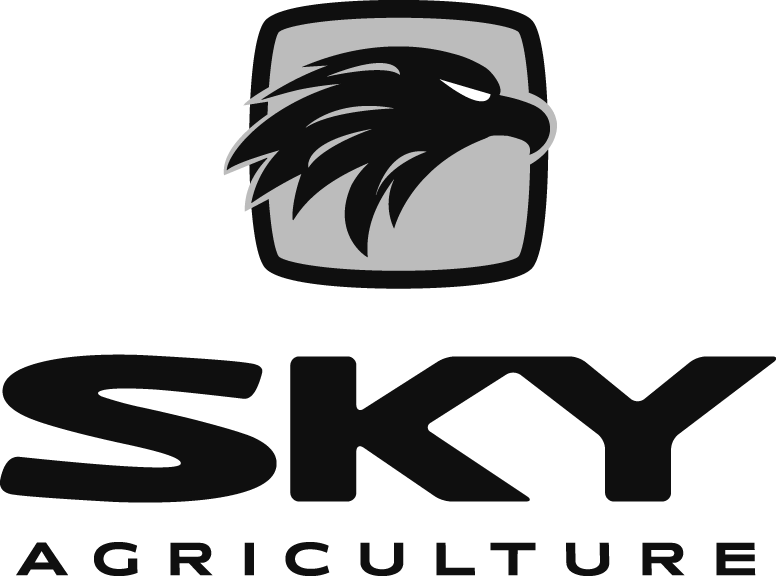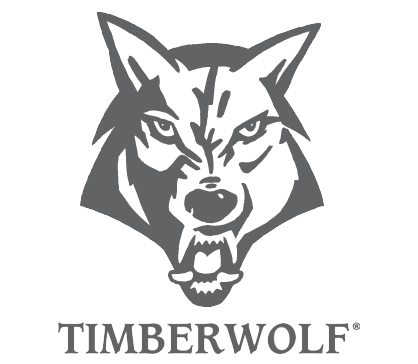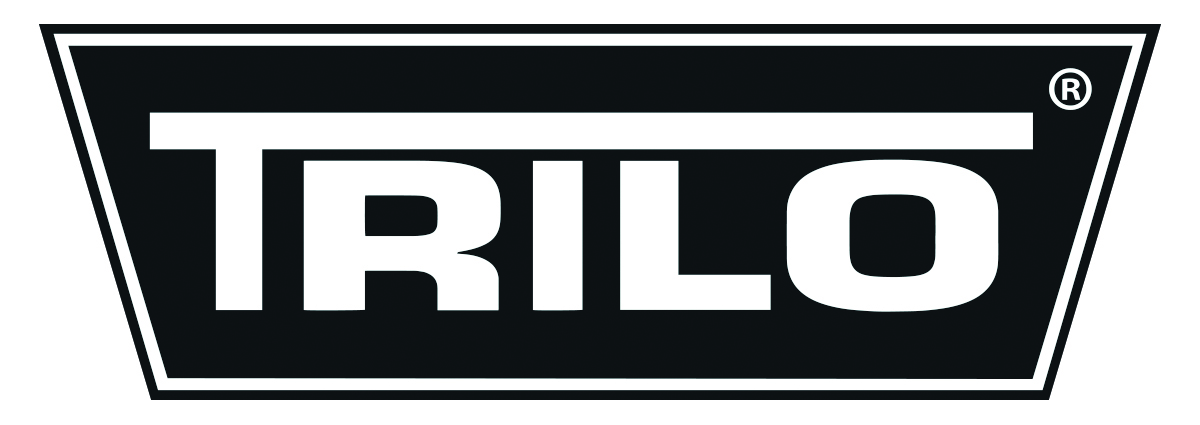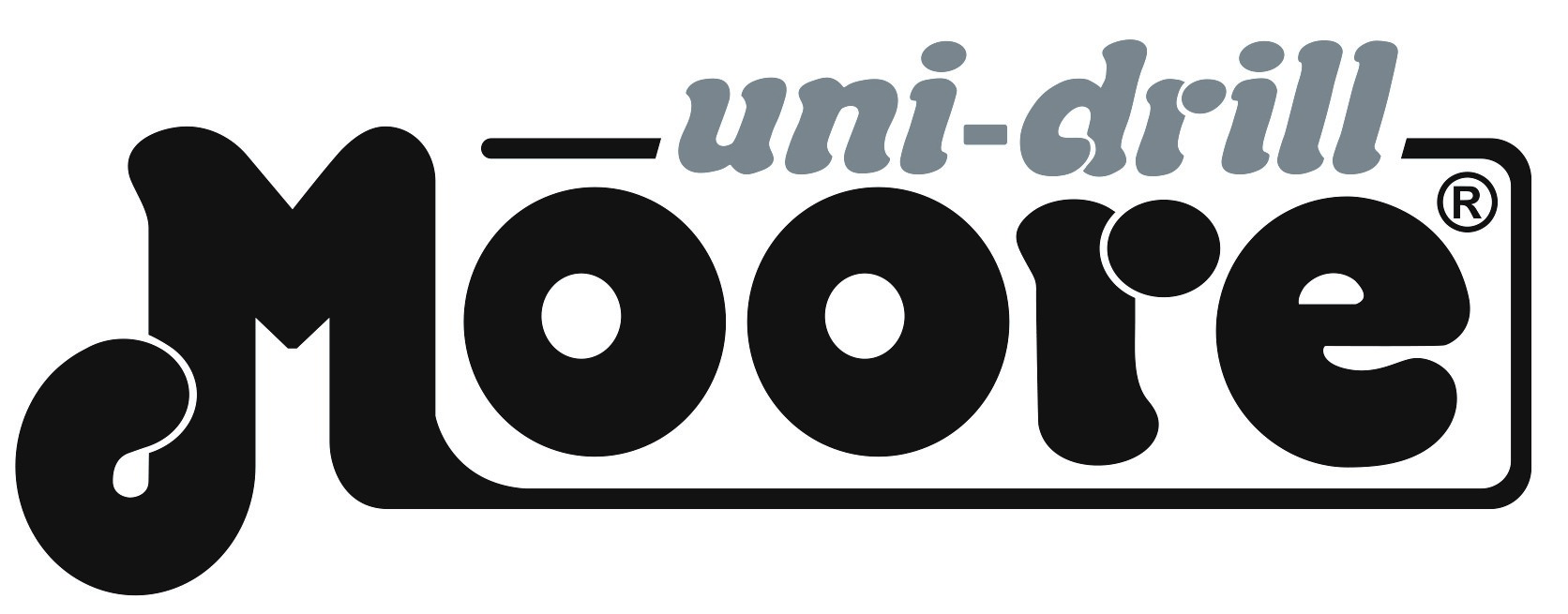Winning the TAG, Combine Operator of the Year award, two years in succession must suggest that Tony Price, head man at R A Godwin Farms, near Longney, Gloucestershire has a few tricks up his sleeve. The TAG award collects ‘authorised’ seasonal performance data from John Deere combine owners in the region and compares them - setting a form of benchmark. The idea is to collect data via JDLink, to find out who does what, how it affects overall machine performance and running costs and then, identifies areas where operators can reduce costs, improve efficiency and increase output. The differences can be quite significant,
Roger Godwin farms just over 1400 hectares in the Severn Basin, near Gloucester of which around 900 ha are down to combinable crops including field beans, oilseed rape, spring and winter wheat as well as maize for silage. In 2012, Roger changed out his main combine for a high capacity John Deere S680 with a 625R header (25ft). He also runs a smaller John Deere 2054 combine with 16ft header.
Commented Roger, “We have a lot of small fields, ranging from 1ha to 20ha, the average size of which is 5.2ha with narrow lanes connecting various parts of the farm, so we didn’t want to go too big, but we wanted capacity. Unfortunately, here in the Severn Vale we’re also blessed with a lot former ridge and furrow land - limiting header size, which is where the smaller combine header comes in handy.”
Except rape and bean straw, which is chopped by the combine, the rest of the straw is sold and baled by contractors for their customers. But with all these small fields and the ‘header on and off’ regularly, how did Tony Price, Roger Godwin’s combine operator manage to find so much efficiency? Said Tony Price, “With the larger combine, we were able to reduce costs by cutting out one tractor, trailer and a driver. I focus on a number of time saving actions that improves our harvesting efficiency. For example with small fields, I tend to plan combining by taking four headland cuts, then cutting up and down, rather than in lands. That means we waste less time on the headlands because we can turn sharply without changing gear, we also unload on the go. Stopping to unload is a big consumer of time and fuel. Because our combine has a fourteen thousand litre (14,000l) grain tank which unloads in ninety seconds, we generally time the unloading so that the trailer is full by the time we are nearest the field gate. The combine is then empty. That saves a lot of time and gives the grain carts a chance to get back to the field without holding up the combine. Having the 625R header means a faster forward speed and more flexibility on the headland as well as managing the unloading cycle.”
Richard Allard, Group Service Manager at TAG added, “We have evaluated some fifteen combines in our territory this year and the differences in performance are staggering. Some examples from our analysis shows that Tony Price and his S680 combine were seventy-seven percent efficient (77%) in the harvesting process. Four percent of their time they were harvesting and unloading, only one-percent of the time was the combine tank full and combine idling, while only two-percent was related to headland turns while the separator was engaged. There are a lot more measurements that we can evaluate but one significant performance parameter - the harvesting percentage for some operators was as low as only fifty percent. Loss of efficiency in the harvesting process means much higher harvesting costs, greater fuel consumption and lost time in the process. This Combine Operator of the Year Award enables us to share the parameters with our customers and operators, to make them aware of where cost savings can be made”
Roger Godwin concluded, “I’m very proud that Tony has won these awards. He has been able to uncover the potential inefficiencies in our harvesting process and turn them into cost savings - it’s something he is very good at as he is always looking for ways to cut-costs. If operators know what is being measured, I think they are far more likely to take care of each operation, ensuring that they are being as efficient as possible in everything they do. By comparing the results with other users, we can learn a lot from each other and make savings throughout each process.”
